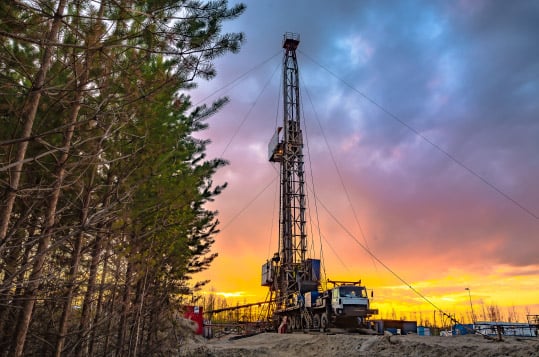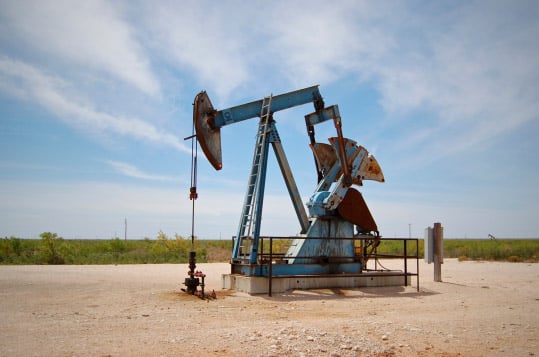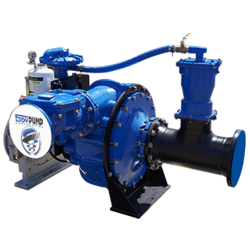Application of EDDY Pump in Fracking



Application of Our Slurry Pumps in Fracking

- Fluid Transport: A slurry transport pump transports the fracking fluid, consisting of water, proppants (such as sand), and chemical additives, from storage tanks or mixing units to the wellhead. These heavy-duty slurry pumps are designed to handle high flow rates and maintain consistent pressure levels during fluid injection.
- Proppant Slurry Injection: A slurry transport pump injects proppant-laden fluids into the wellbore at high pressures. This process helps create fractures in the underground rock formations, allowing for the release of trapped hydrocarbons. The high solids pump ensures that proppants are effectively distributed within the fractures to hold them open, enhancing the flow of oil or gas.
- Solids Control: Fracking operations generate significant amounts of solid waste, including drill cuttings, rock debris, and residual proppants. The abrasive handling pump aids in transporting these solids, helping to remove them from the wellbore and prevent clogging or blockages that could hinder the overall process.
- Fluid Recovery and Recycling: An industrial slurry pump is used to recover and transport the fluid that returns to the surface after hydraulic fracturing, known as flow back. This fluid can be treated, recycled, and reused in future fracking operations, reducing the demand for fresh water and minimizing environmental impact.
- Well, Maintenance, and Cleanout: Over time, wells can become partially obstructed by accumulated scale, debris, or other materials. A High solids pump is employed in well cleanout operations to remove these obstructions and restore optimal well performance.
- Mud Mixing and Drilling Fluids: In some instances, fracking may involve drilling into new formations or completing additional wellbore tasks. An abrasive handling pump mix and transport drilling fluids or mud to help lubricate the drill bit, control pressure, and remove rock cuttings during these drilling phases.
- Horizontal Drilling: Slurry pumps are crucial for horizontal drilling operations, as they help create the necessary boreholes for horizontal well sections. The pumps assist in circling drilling mud and removing cuttings to ensure smooth and efficient drilling processes.
CALL FOR SALES OR SUPPORT
If you need help with Pump Selection, Sales or Engineering Support
Call 619-345-5446

Application of EDDY Pump’s Hydraulic Dredging in Fracking

- Water Sourcing and Treatment: Fracking requires significant water for the hydraulic fracturing process. Hydraulic dredging can extract water from natural bodies such as rivers, lakes, or ponds. The dredged water can then undergo treatment and purification to meet the quality standards of fracking fluid. This process ensures a reliable source of water for the fracking operation.
- Pond or Pit Cleaning: Fracking operations often create wastewater, flow back, and produce fluids that must be managed and stored in ponds or pits. Over time, these containment areas can accumulate sediment, sludge, and other debris. Pond dredging equipment can clean and maintain these ponds or pits, ensuring proper capacity and preventing potential environmental hazards.
- Infrastructure Maintenance: Fracking sites may have various infrastructure components, such as access channels, water intakes, and discharge outlets. These infrastructure elements can become clogged with sediment, reducing their efficiency and effectiveness. Hydraulic dredging equipment can clear and maintain these channels, ensuring the smooth flow of water and fluids to and from the fracking site.
- Site Remediation and Reclamation: After fracking operations are completed, hydraulic dredging can play a role in site remediation and reclamation. It can remove excess drilling mud, proppants, and other materials left behind in the wellbore or on the surface. This process helps restore the site to its original state or prepares it for different land use purposes.
- Reservoir and Dam Maintenance: In some fracking operations, reservoirs or dams may be constructed to store water for hydraulic fracturing. These reservoirs can accumulate sediment over time, reducing their storage capacity. Hydraulic dredging can help maintain these reservoirs, ensuring an adequate water supply for ongoing fracking activities.




